Breaking Down "Safe on Shield"
Shielding is one of the most effective ways to avoid taking damage; so much so that much of the Smash 4 metagame is designed around taking advantage of, working around, and tricking opponents who have decided to shield. Safe on shield options are part of how characters are evaluated and what players often think of when deciding who has a strong neutral game.
So what does it mean to be safe on shield? Shaya’s thread on smashboards gives an overiew of the frame data with shielding, but the most important factors for this discussion are
- 4 shield options available directly after of shield lock/stun and can be done without shield drop lag (roll, spot dodge, jump, grab)
- 7 frames of shield drop lag
When someone does decide to shield and they do not perfect shield, they are either committing at least 18 frames to shielding, or performing an out of shield option.
The Scenario
Knowing this, lets see what happens when fox perfectly auto-cancels a back-air on shield
Using Ruben’s calculator Fox’s auto cancel bair has 0 frame advantage. Shield stun wears off and the shielder can perform an input at the same time as the fox. After that is the interesting part. The person in shield can only use the four out of shield options at the same time as Fox can perform any action unless the bair was perfect shielded. Otherwise, they must deal with shield drop lag. Lets say the Fox is going to up tilt after hitting a Mario’s shield with an autocancel bair. For the sake of discussion, I won’t factor in shield pushback or optimal spacing, though those should be kept in mind. I will just look at frames.
Fox up tilt is Frame 3.
- Both of Mario’s rolls are intangible on frame 4, he gets hit by up tilt.
- Spot dodge is intangible on frame 3, he can avoid the hit, and will have +1 frame advantage on Fox
- Grab is frame 6 and gets hit by up tilt.
- Mario’s jumpsquat is 5 frames, so a jump aerial is hit by up tilt.
- Jump-Canceled up b out of shield, after 1 frame of jumpsquat being interrupted is intangible on frame 3. A total of 4 frames from when he can act out of shield. Mario is hit by up tilt.
- All options that require dropping shield are -7 in addition to the startup of the option. Mario’s fastest grounded option is jab. In total jab will come out frame 9 and is hit by up tilt.
In all but one scenario, out of shield options are beat out by up tilt. However, what happens if Mario continues shielding the up tilt? Fox’s up tilt is -17 on shield if the first hitbox connects. Add drop shield lag and it is still -10. If done perfectly, Mario can drop shield (7) turn around (1) and down smash (5) Fox with 5 frames to spare.
This, of course, is only if the Mario player continues to hold shield after being hit by back air. But what if, instead of up tilting, the Fox turns around and grabs? Turning around take 1 frame and Fox’s grab comes out on frame 6 for a total of 7 frames. This is equal to the amount of time it takes for Mario to drop shield, however, then Mario has to start an action. Mario’s frame 2 jab would come out on frame 9 after the shield drop. Mario would lose this scenario if he decided to drop shield, but every out of shield option would either allow Mario to escape (Rolls) or beat (grab, jump aerials, jump canceled options, spot dodge) Of course, spot dodging looks to be the most favorable option here to beat two of Fox’s most common follow ups after landing bair on shield, but another jump bair beats spot dodging, not to mention a simple turn around charged up smash could seal a stock.
Breaking It Down
This has been a lot of numbers, so let's get to the point of all this. An option being safe on shield means that the player using that option will have some form of initiative when it comes to the choosing the next option. Unless Fox’s bair is perfect shielded, Fox has initiative. If he wants, he could choose to remain safe by dashing away, or he could choose an option that is not safe, but keeps the pressure on Mario to act. When people are punished for safe on shield options, it is the option following it option that is punished. It creates a three way scenario with a chance for neutral to reset, one character gaining advantage or one characters being pushed into disadvantage. The initiator of the attack, if we thought of advantage, disadvantage and reset as percent chances, has a higher chance of giving themselves advantage and scoring a hit. Of course, this analysis doesn’t include shield push back, which can make moves that are safe on shield even safer due to pushing the shield outside of grab range, but my main focus is on the pure frame by frame advantage of moves that are safe.
TL;DR
In short, safe options on shield create a space where the attacker can actively condition their opponent while keeping themselves relatively safe if they so choose. If they choose to condition by taking initiative, they can be punished for it, but still have advantage especially against drop shield and jump aerial options.
This blog post was written by a SSB World community member. Share your Smash 4 knowledge by creating your own blog post now.
You must log in to comment.

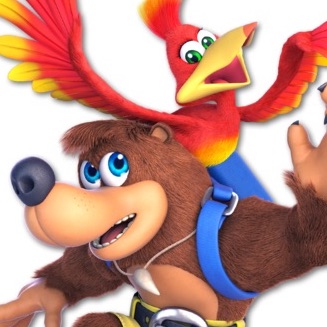
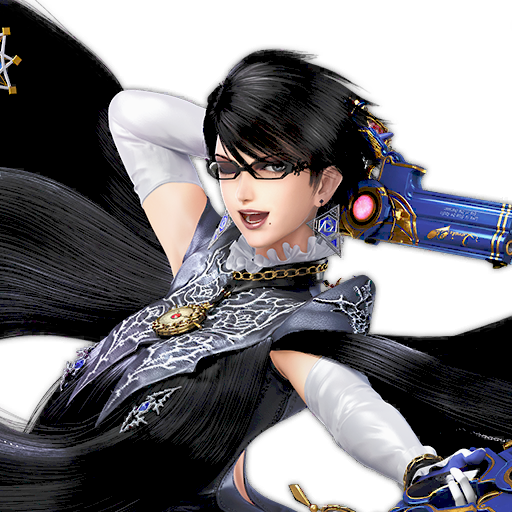
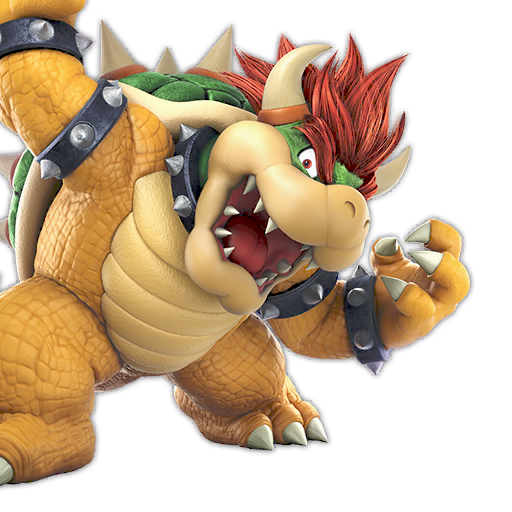
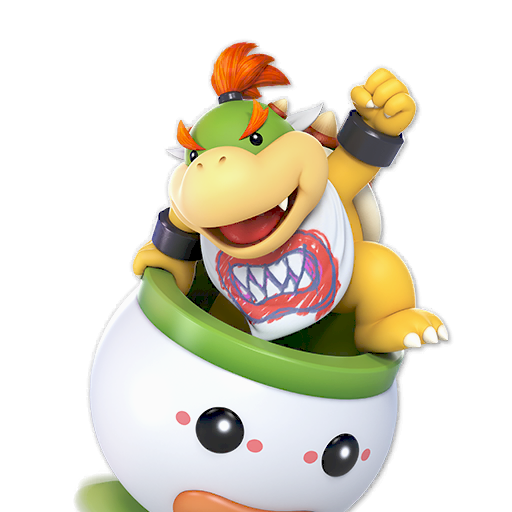
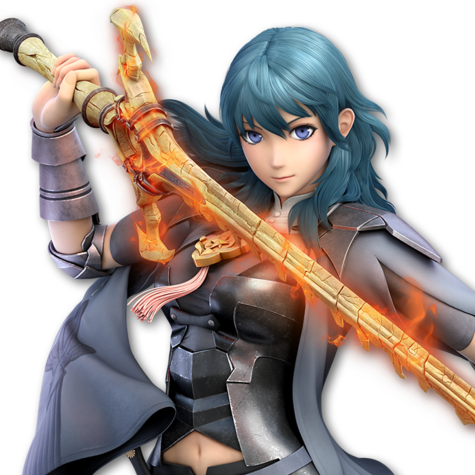
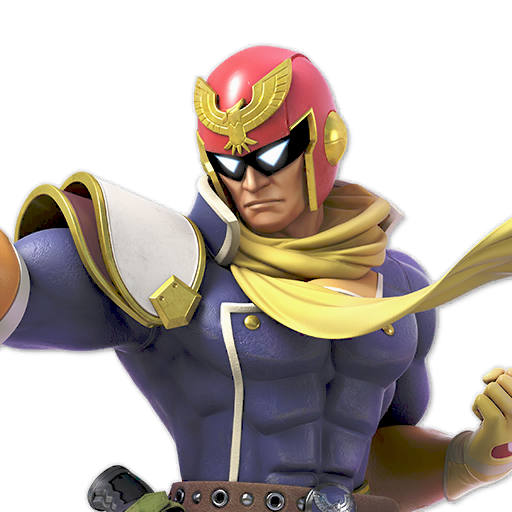
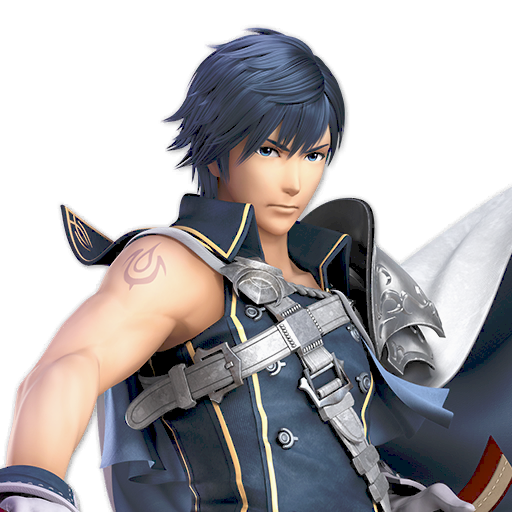
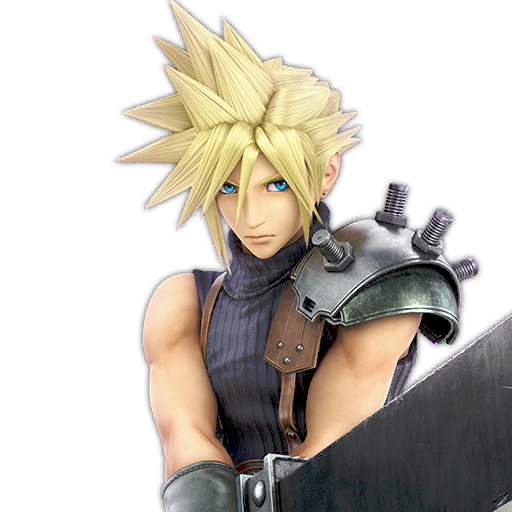
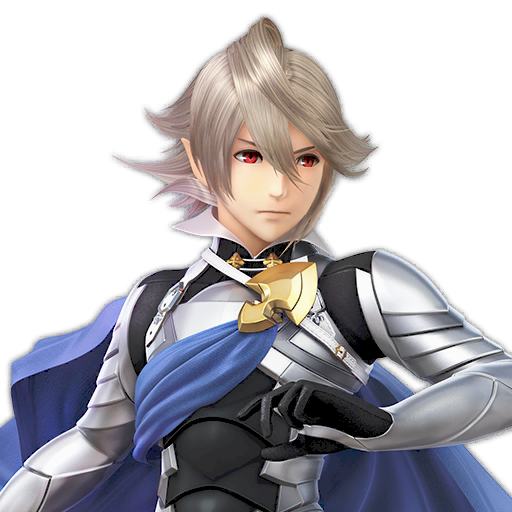
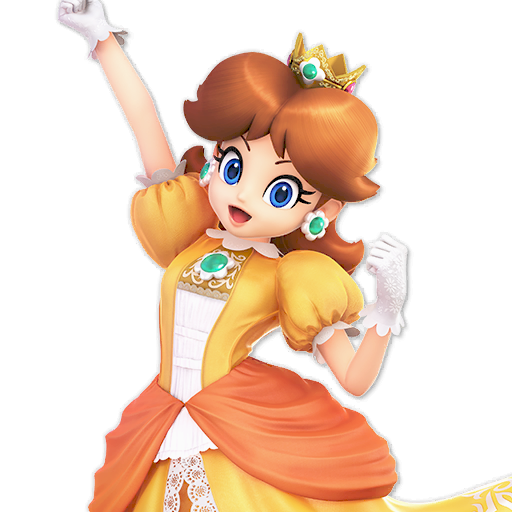
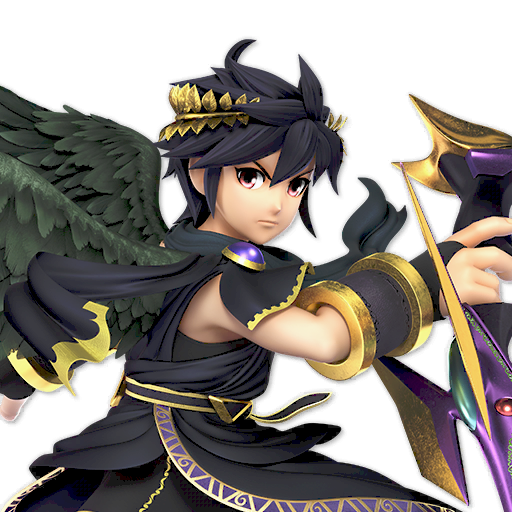
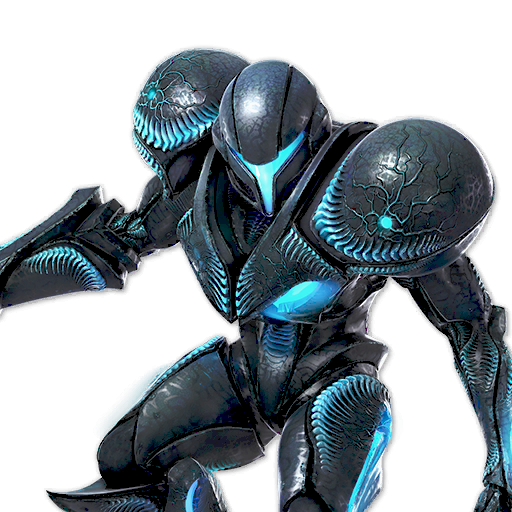
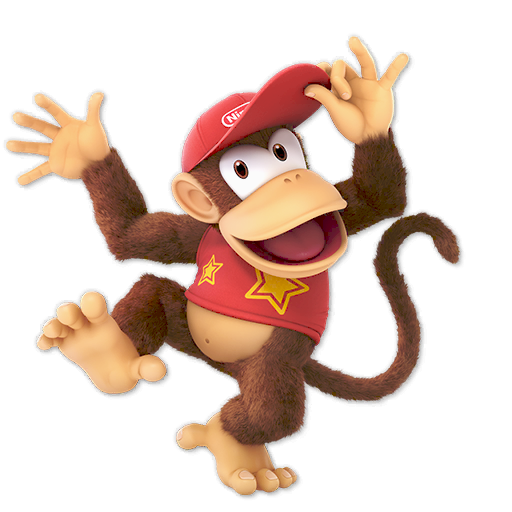



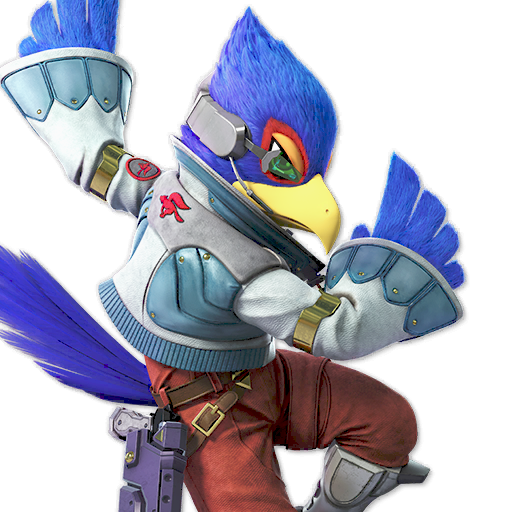

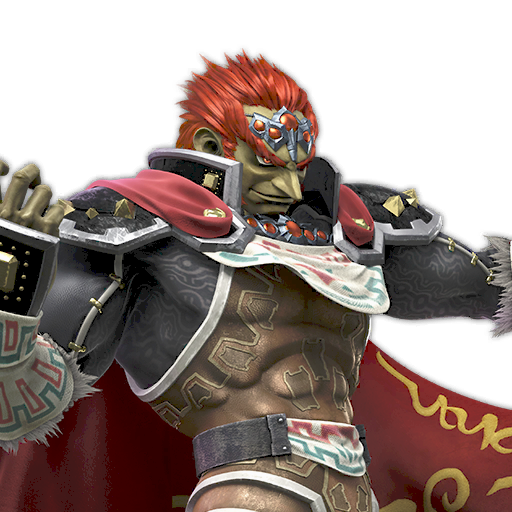
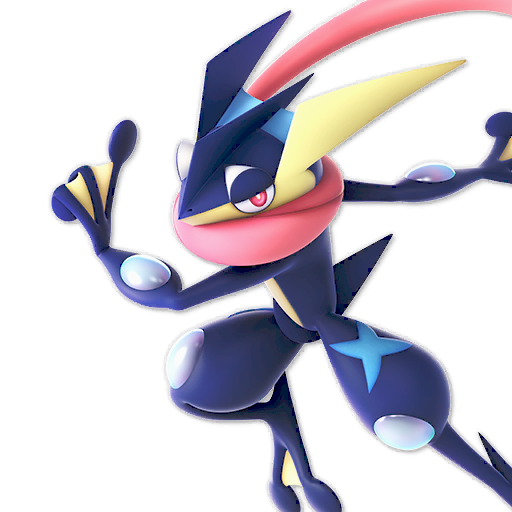


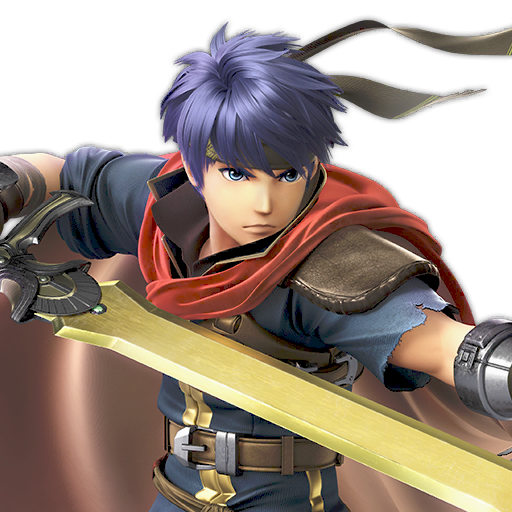

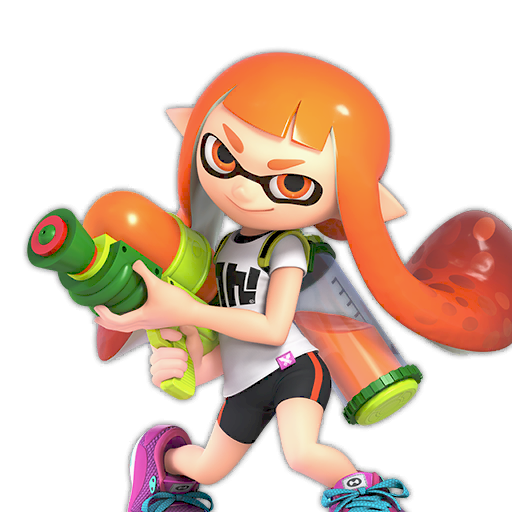


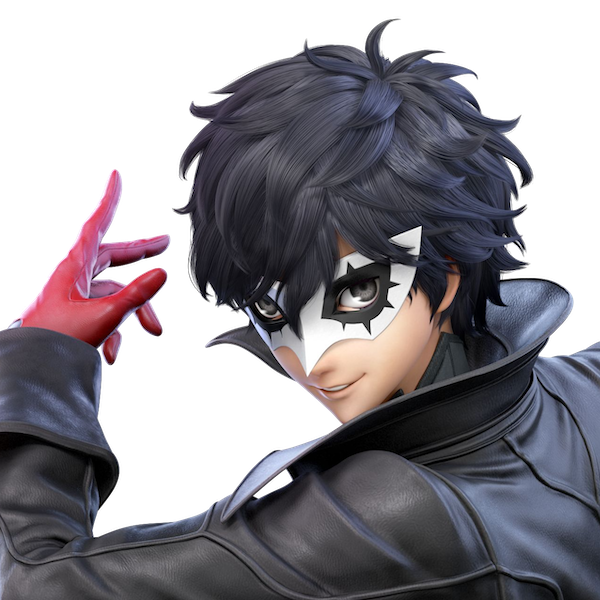
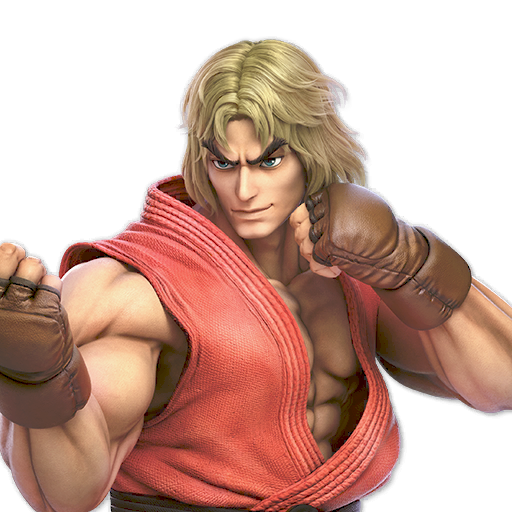
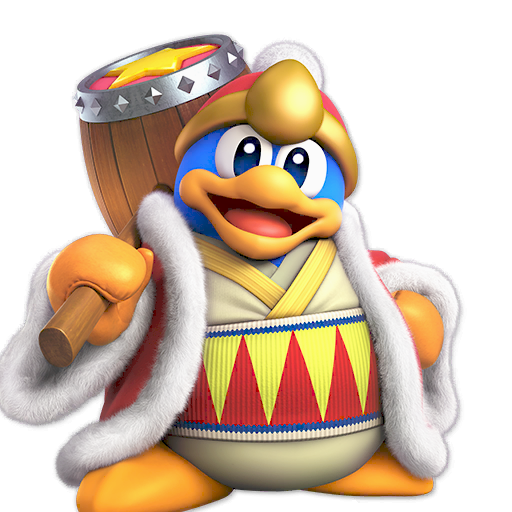
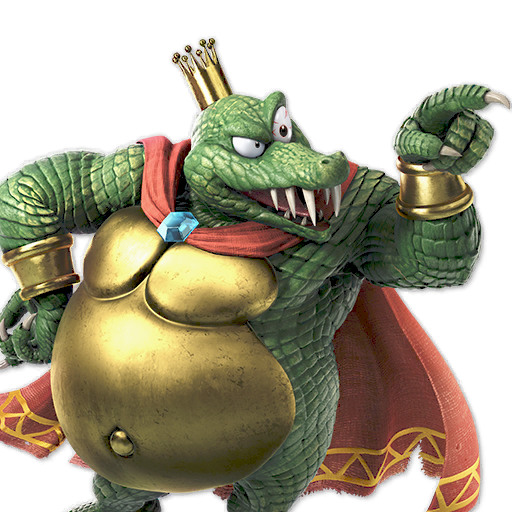
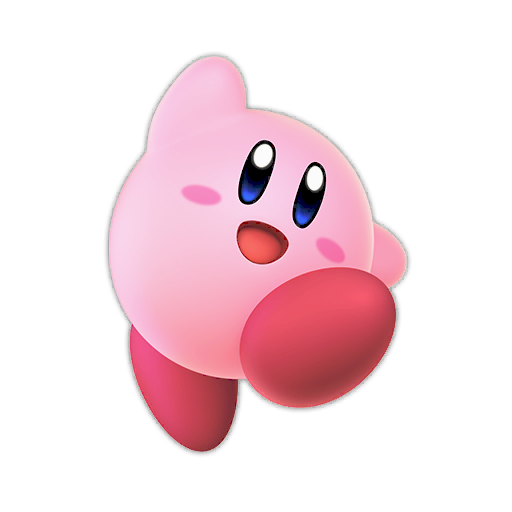
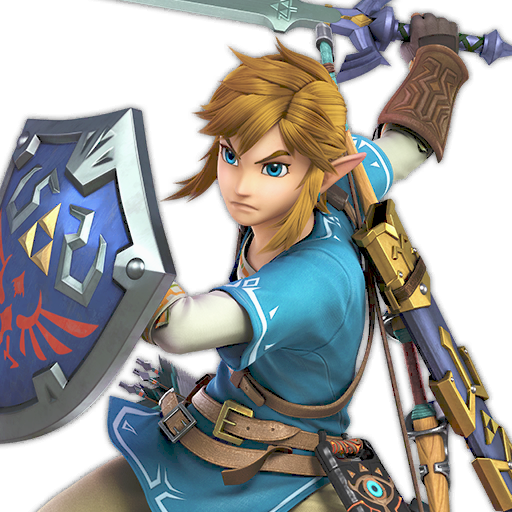
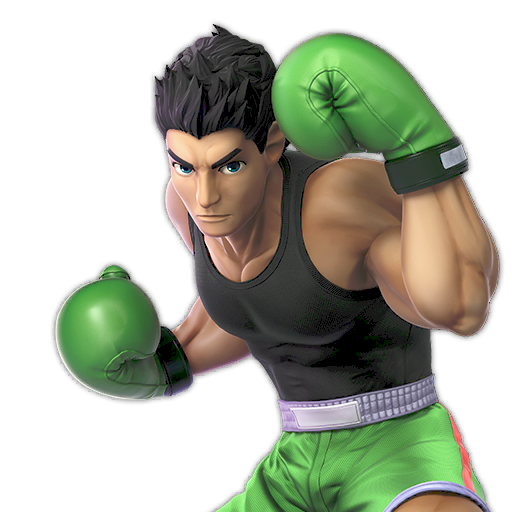
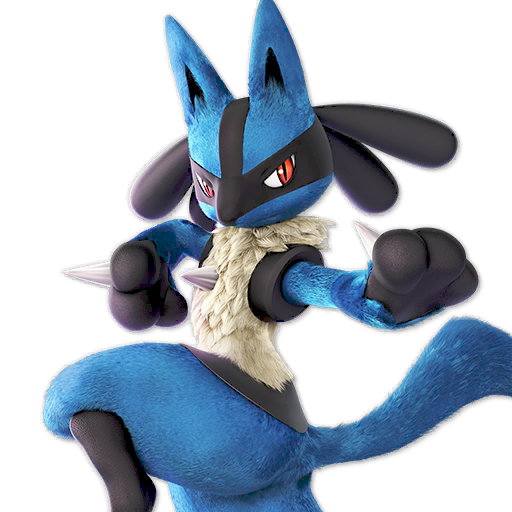
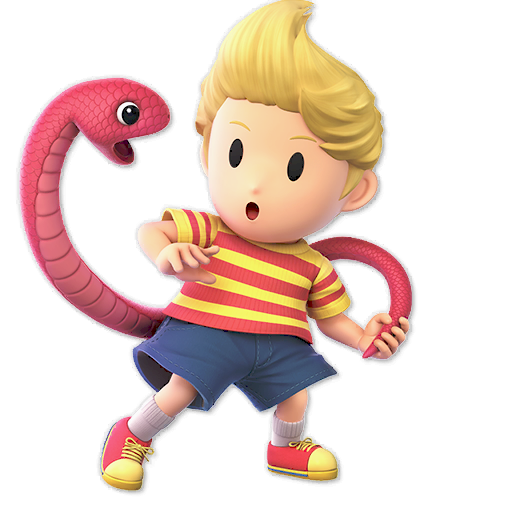
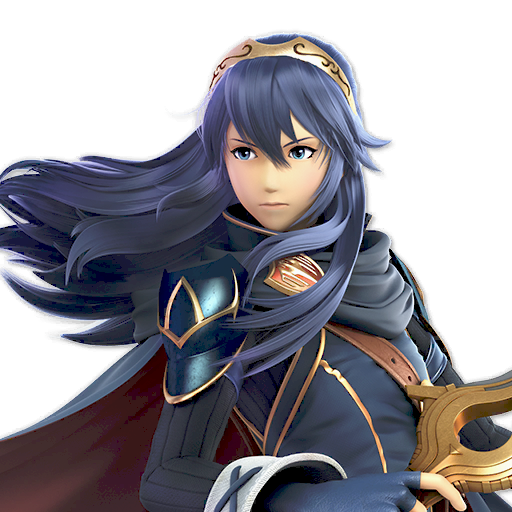
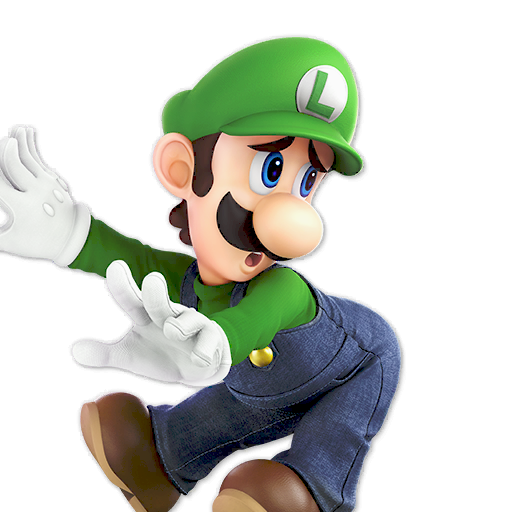
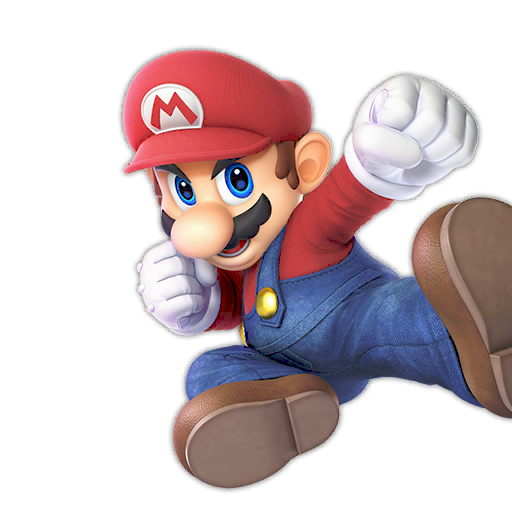
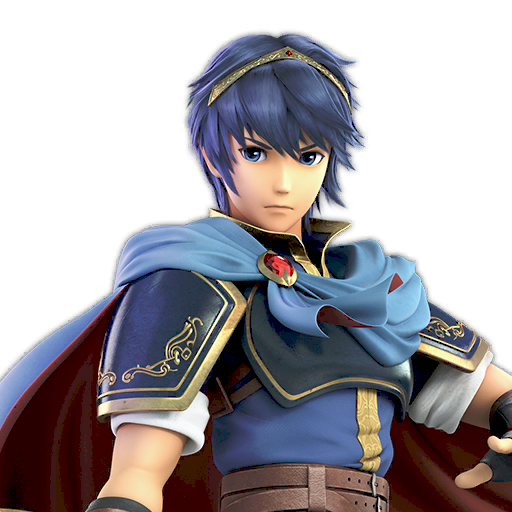
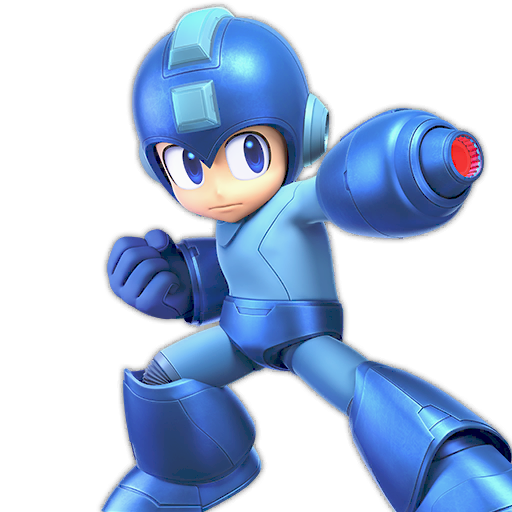
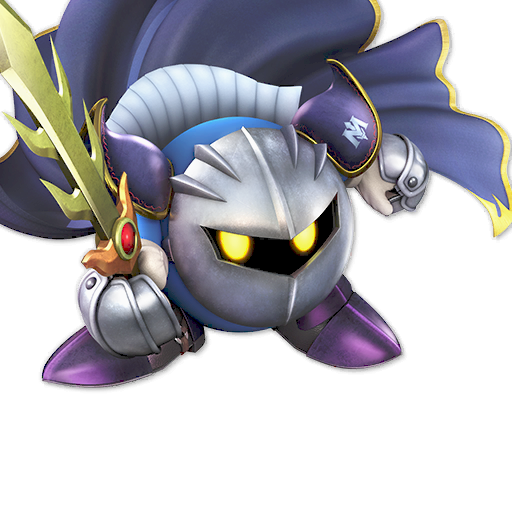
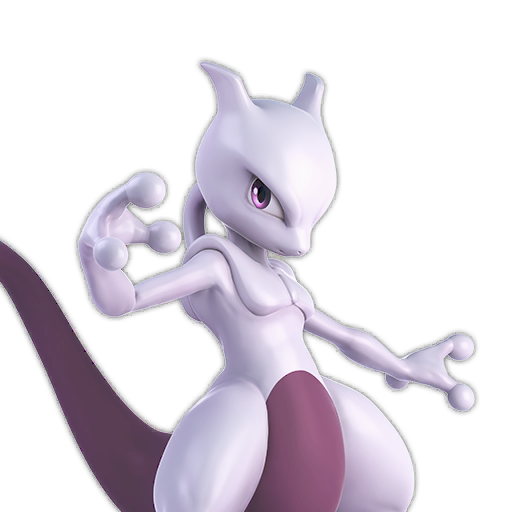
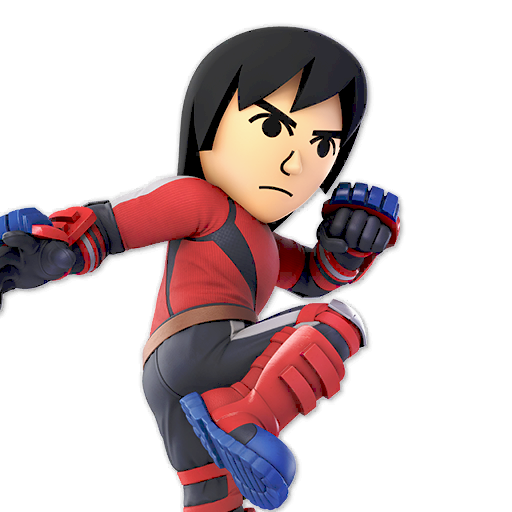
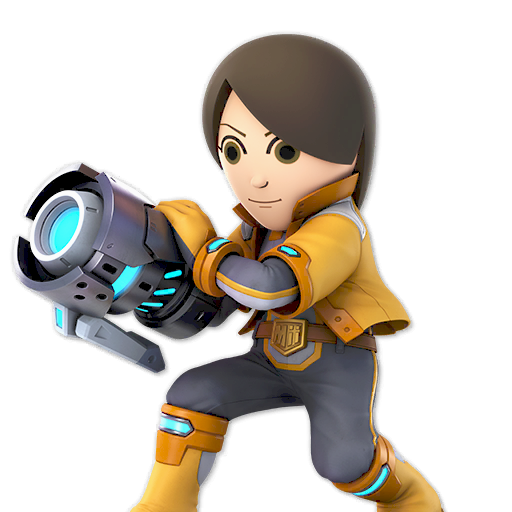
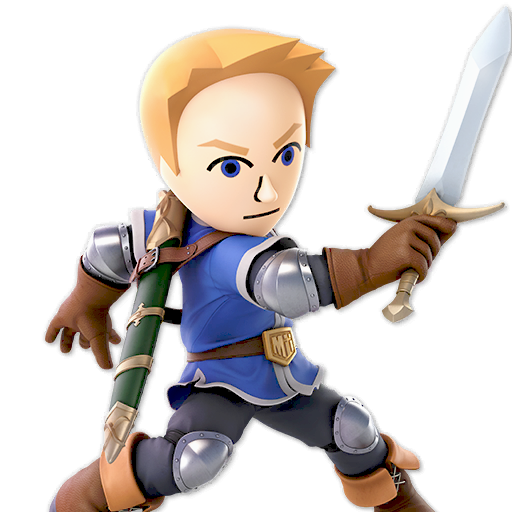
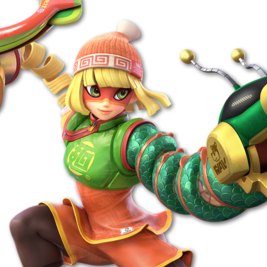
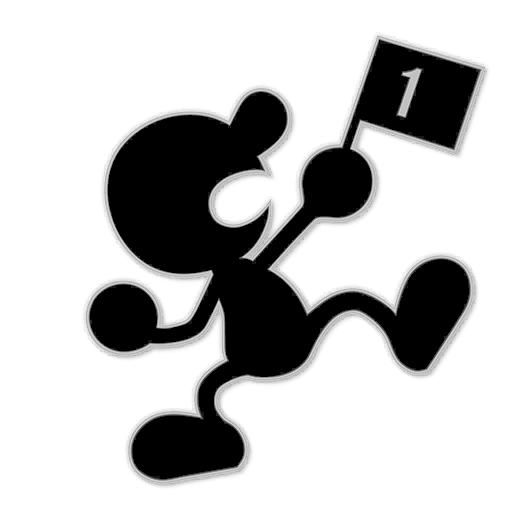
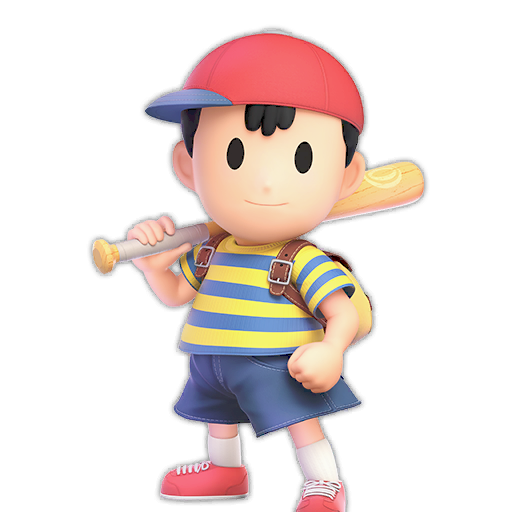
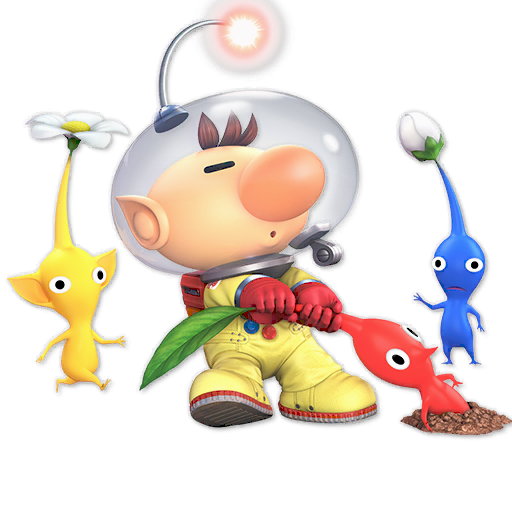
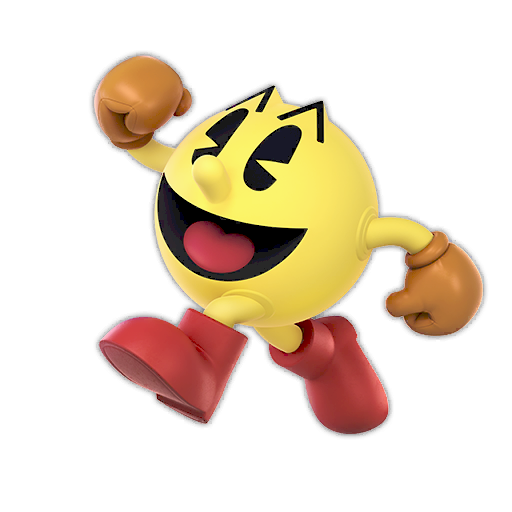

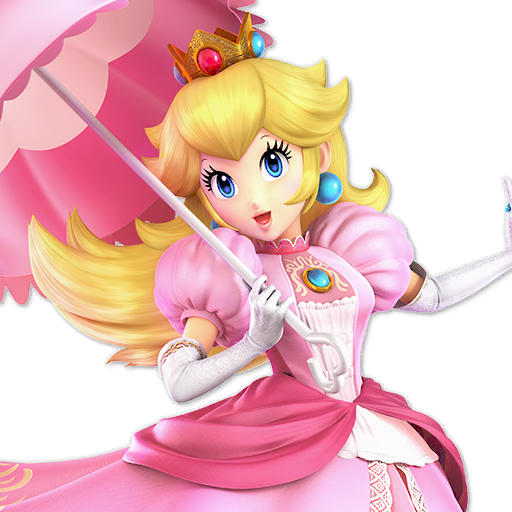
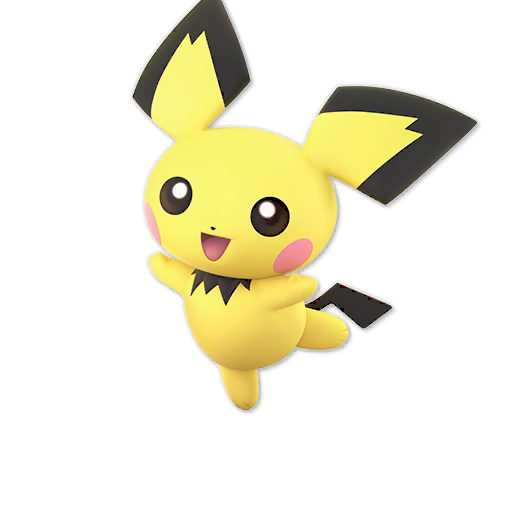


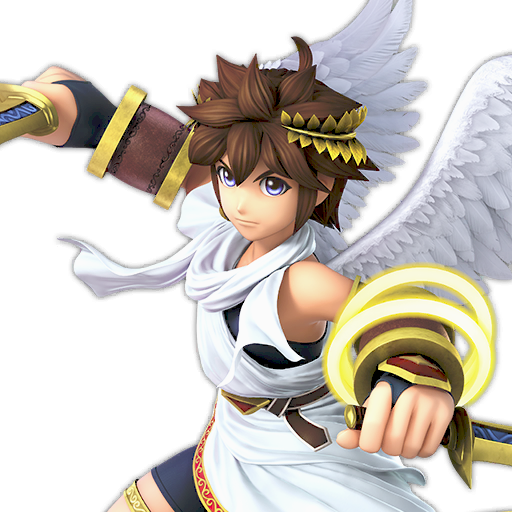
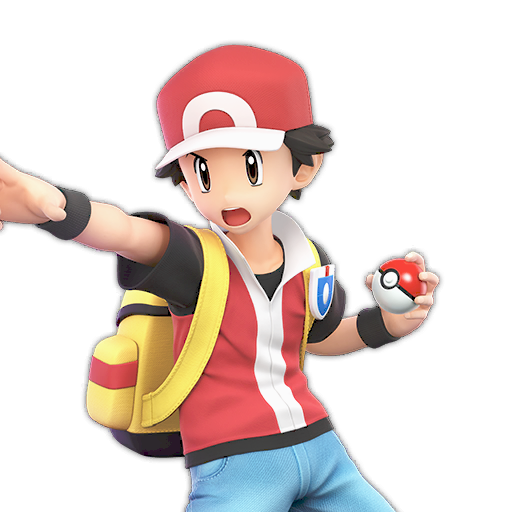
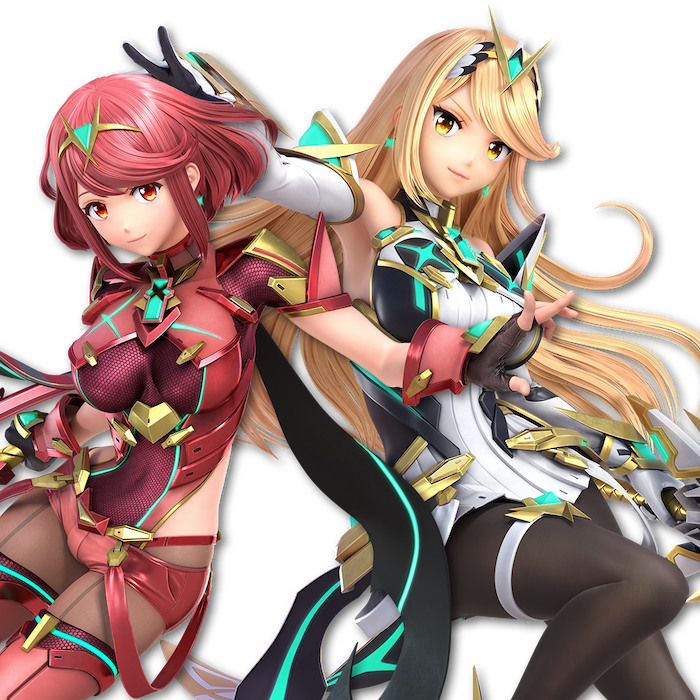
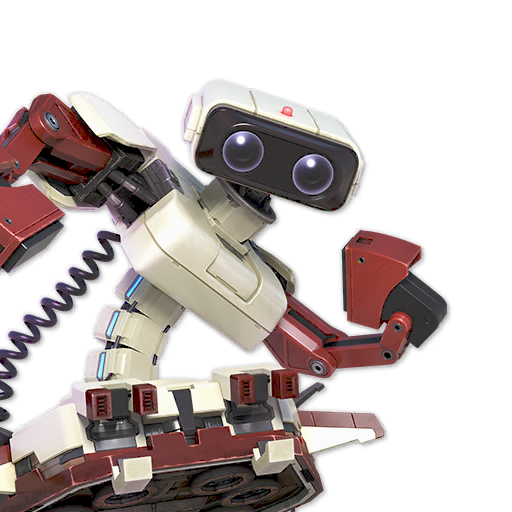
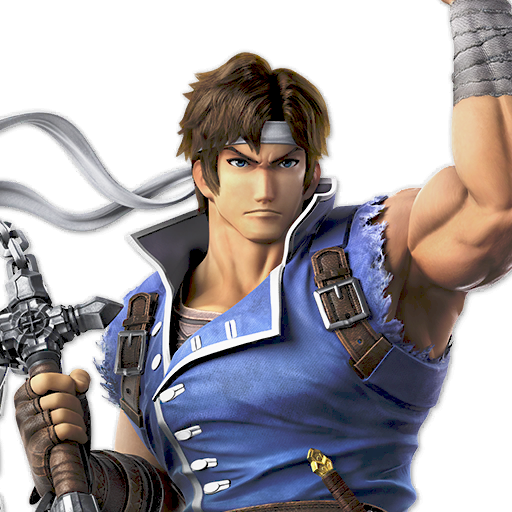
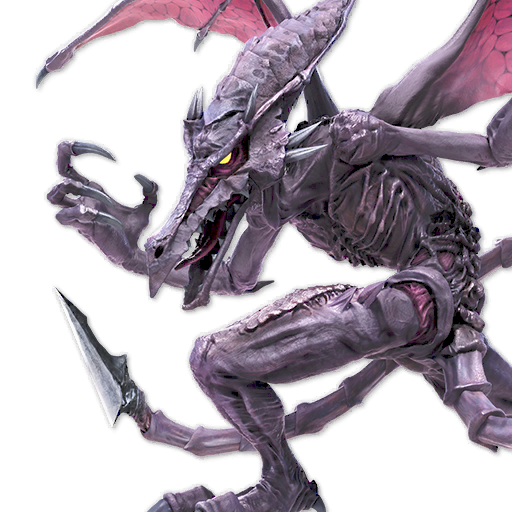
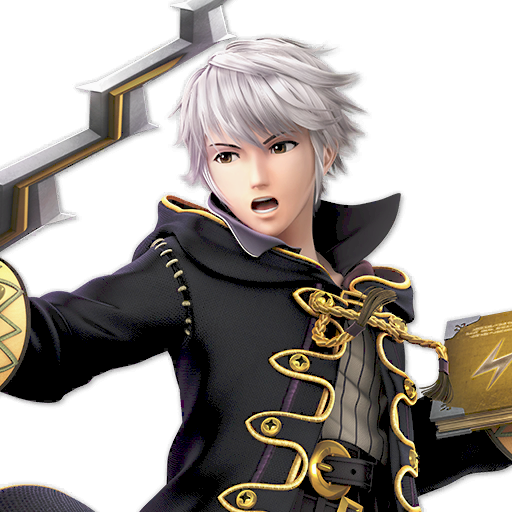
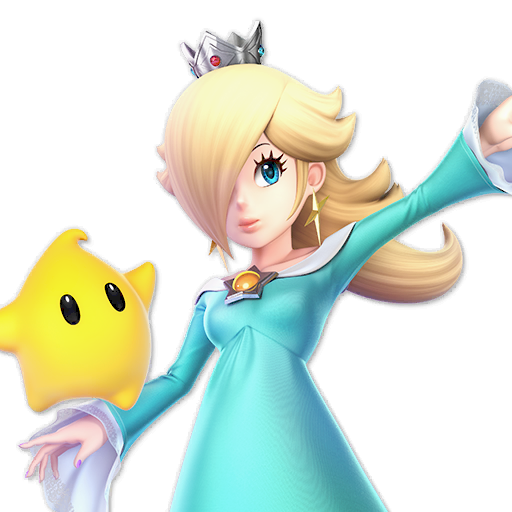
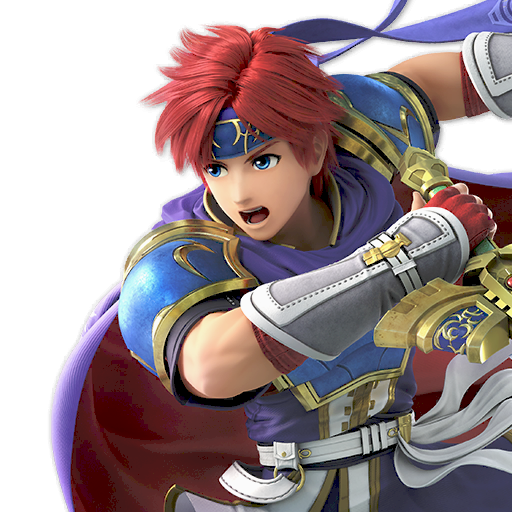
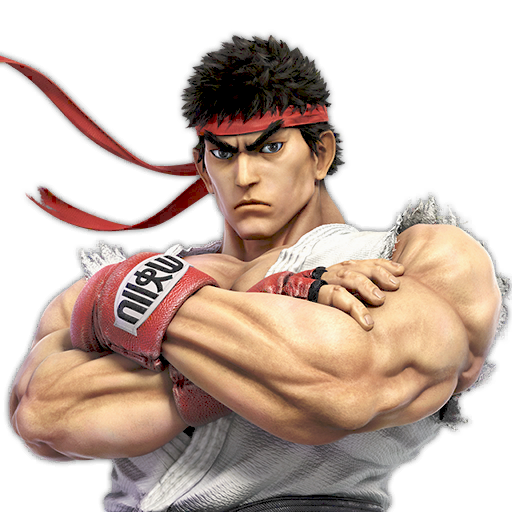
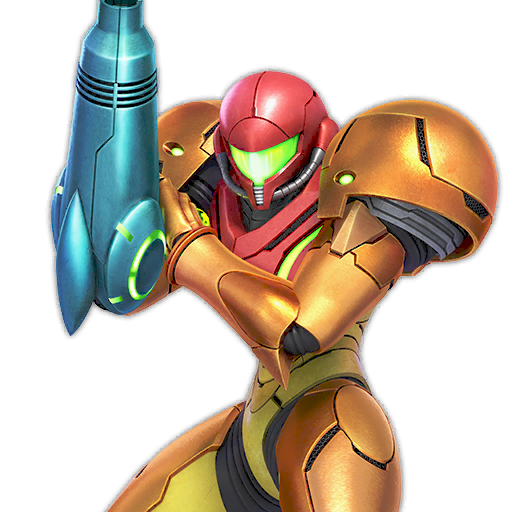
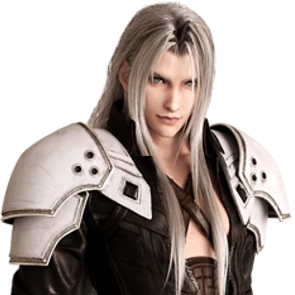
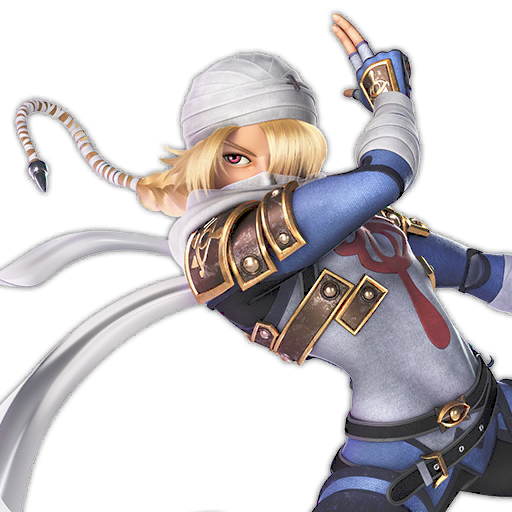
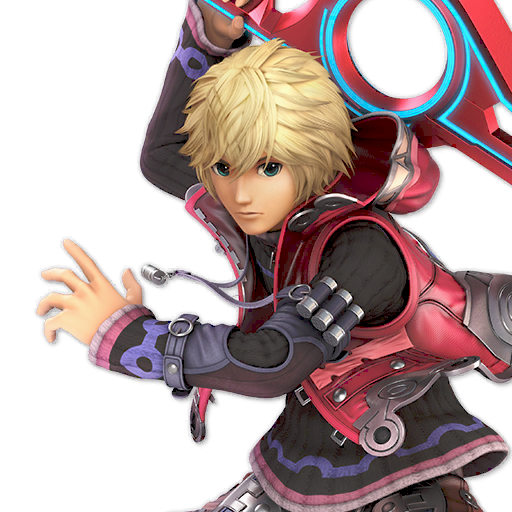
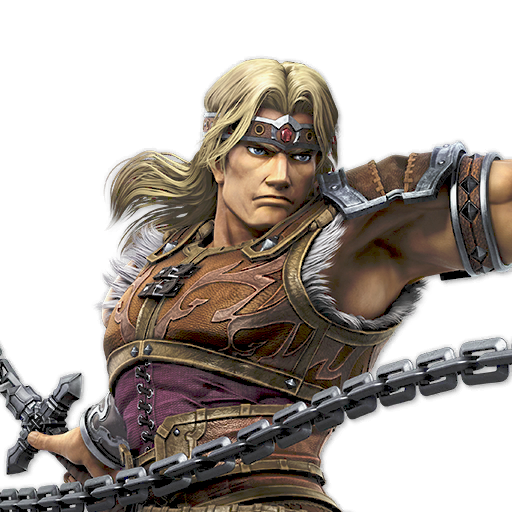
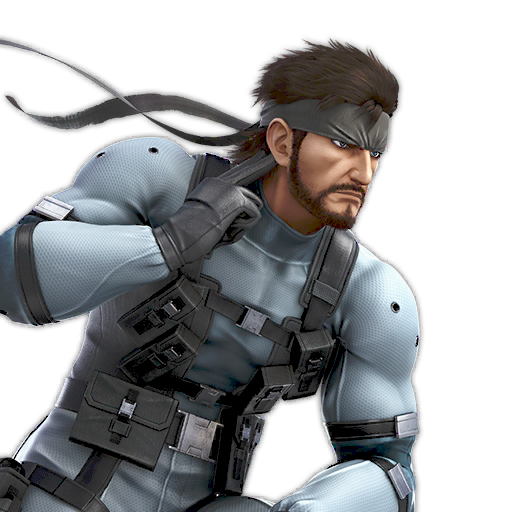
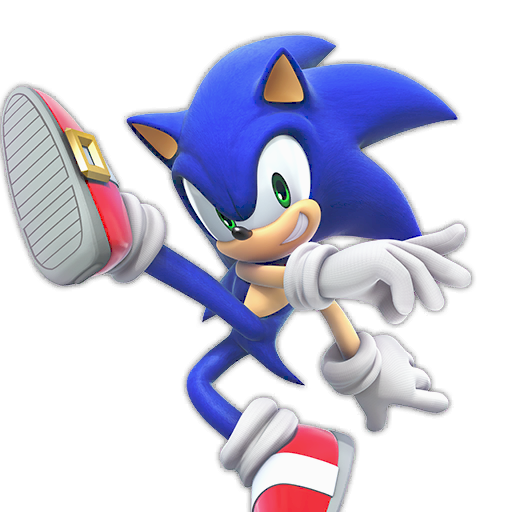
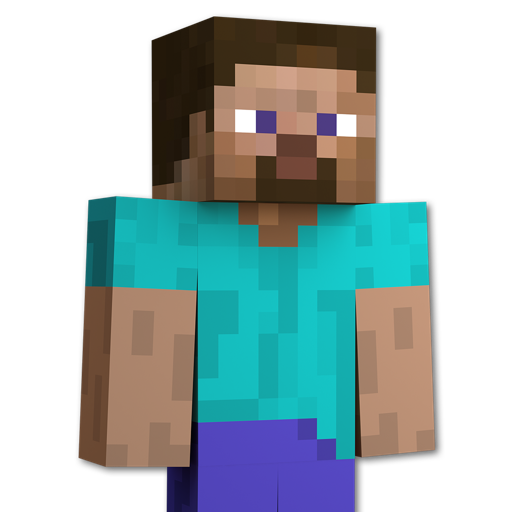
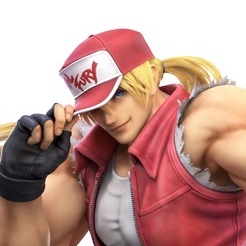
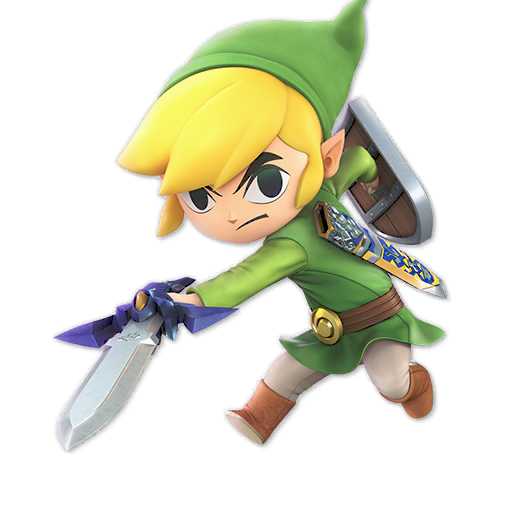
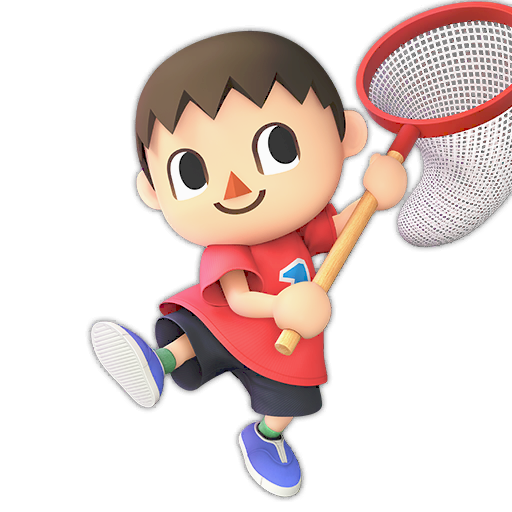
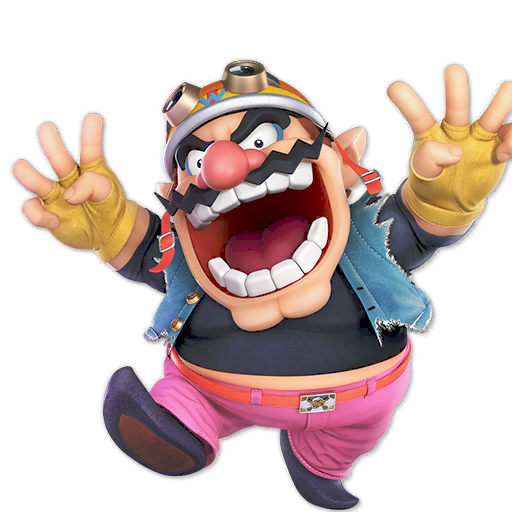
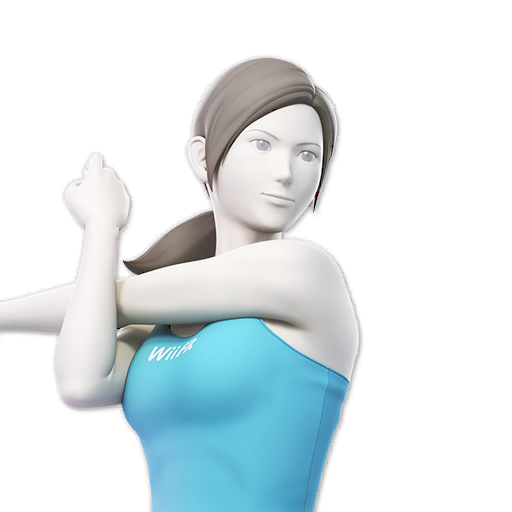
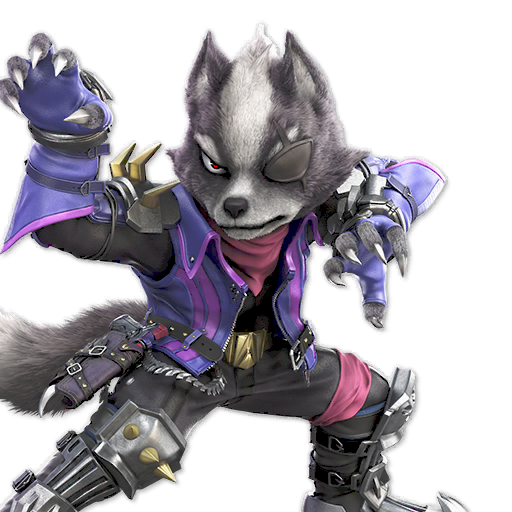
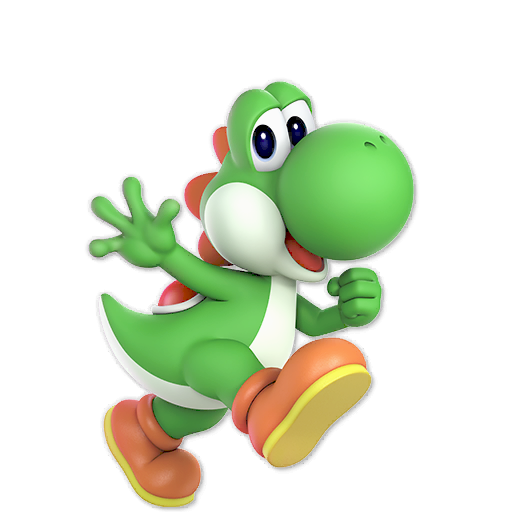
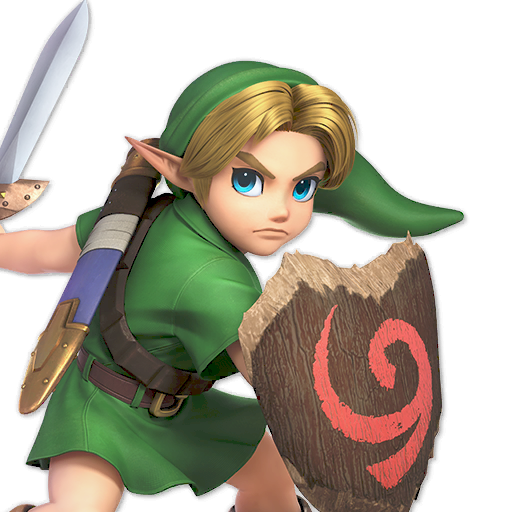
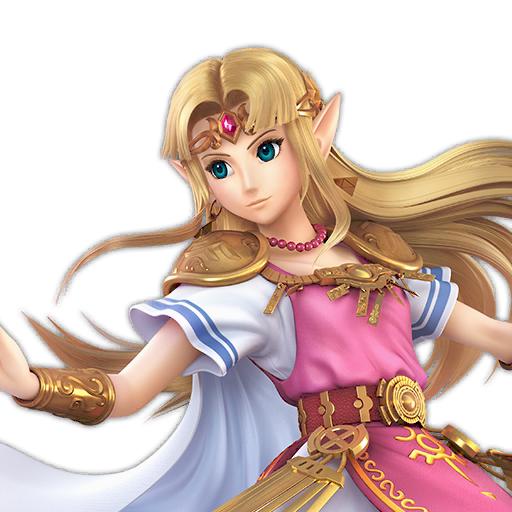
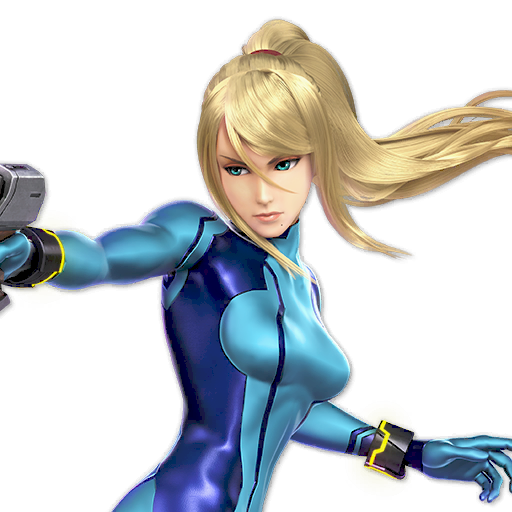
Comments